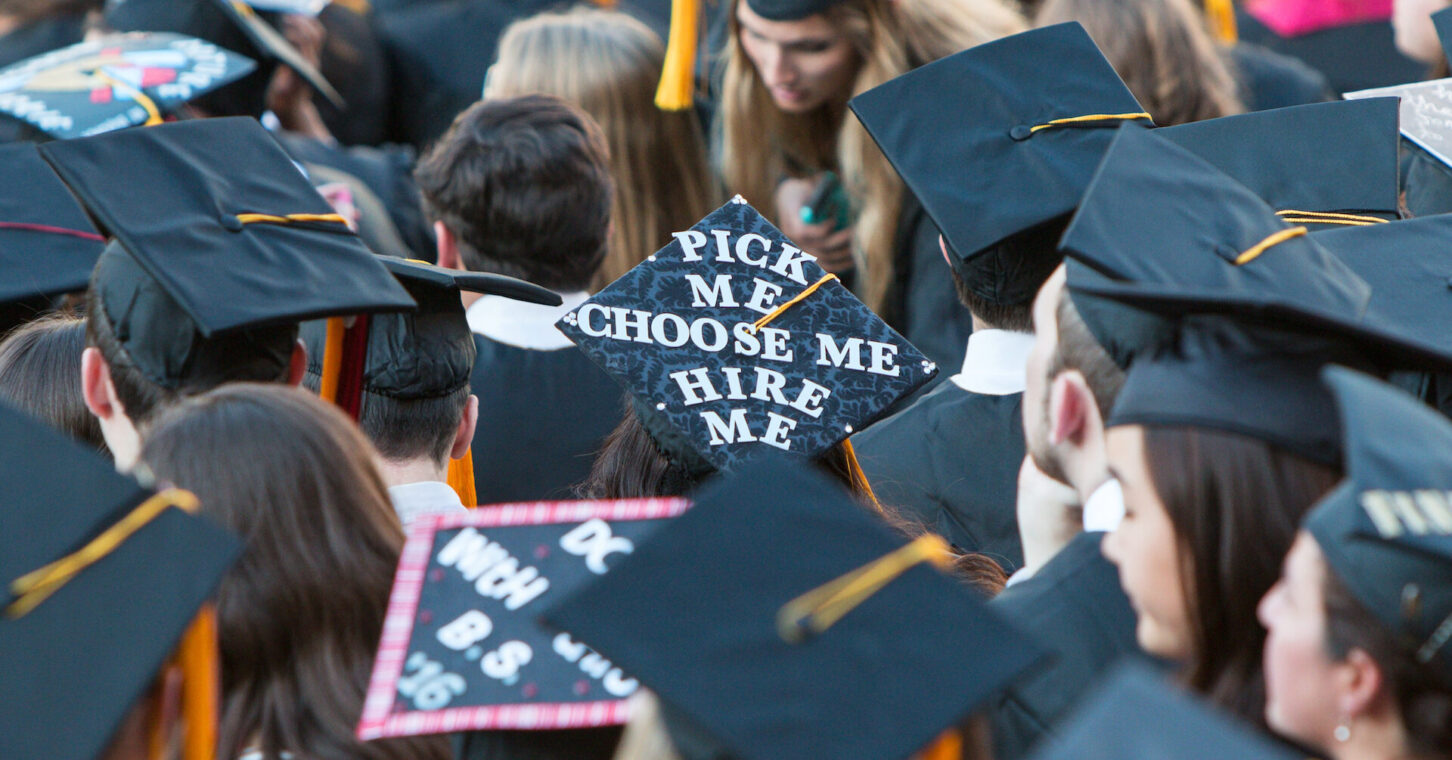
I get readers from all parts of the political spectrum, but it probably won’t be controversial to say this: the federal student loan program is a mess. Administrative chaos, high delinquency rates, subsidies for low-quality institutions, and enormous fiscal costs are just some of the problems with federal student lending.
Many people, particularly those on the right, think the government should give up and let the private sector take over the responsibility for making student loans. Those arguments are gaining more currency as the problems with federal student loans reach something of a climax. Millions of borrowers missed their first payments in October, and new loan-relief plans threaten to drain the Treasury of hundreds of billions of dollars.
It’s time to start taking student loan privatization seriously. That’s the subject of a new report I coauthored with Beth Akers and Joe Pitts of the American Enterprise Institute. We explore the current state of the private student loan market, weigh the benefits and drawbacks of privatization, and outline a policy agenda to make privatization work.
Privatization could improve higher education—but there are drawbacks
Just 10 percent of college students use private student loans, since the federal student loan program is so heavily subsidized that private lenders cannot compete. But the federal government will make a loan to almost any student to attend almost any accredited college, even if that college has an abysmal track record of helping students graduate and find jobs that enable them to repay their debts. Federal bureaucrats lend taxpayer dollars rather than their own, so there’s little incentive to ensure those funds actually go to good programs.
Private financial institutions, by contrast, won’t lend to students unless they expect to be paid back. Beth, Joe, and I find that the delinquency rate on private student loans is just one-third the rate on federal loans. Lenders have an incentive to steer prospective college students towards programs where graduates typically earn enough to repay their debts. If the private sector assumed a greater role in higher education finance, colleges would need to shape up or risk losing access to loans for their students.
That would hold colleges accountable for their outcomes in a way that the government seems incapable of doing. We’ll see far fewer horror stories of students mired in education debt they can’t repay. Privatization would also save taxpayers around a quarter trillion dollars over ten years.
But privatization comes with stumbling blocks that its proponents need to address. There are practical and regulatory barriers to expanding private student loans, particularly to student borrowers without a satisfactory credit record or a creditworthy cosigner. Mortgage borrowers can use their house as collateral, but students can’t exactly borrow against the value of their degree. Moreover, regulators are hostile towards new methods of underwriting based on students’ expected return on investment. Private lenders face loads of regulatory uncertainty.
The right way to end federal student loans
All this may lead the private sector to underinvest in higher education—that is, deny loans to many students who could nonetheless benefit from college. While some degree of market failure is inevitable—and may pale in comparison to the government failure that plagues the federal student loan program right now—reformers should still think about how to mitigate the drawbacks of privatization.
Regulatory reform is an obvious candidate. The Equal Credit Opportunity Act discourages lenders from using students’ expected return on investment (ROI) from higher education to make lending decisions, so they instead fall back on FICO scores. Lawmakers should create regulatory “safe harbors” to allow lenders to use ROI-related measures.
Policymakers should also consider a modest expansion of scholarship aid for low-income students and others who might have trouble securing a private loan. Just a fraction of the estimated $249 billion savings from student loan privatization could enable a significant increase in the Pell Grant, which would reduce low-income students’ need to borrow. Privatization advocates typically want to get the federal government out of higher education, but considering that federal student loans do far more damage than Pell Grants, swapping the former for the latter is still a worthwhile trade.
With the federal student loan program going off the rails (if it was ever really on them), the time is right for a serious conversation about privatization. A sensible privatization agenda—combined with regulatory reform and better grant aid—would help ensure students come out ahead when they pursue college.
Preston Cooper is a Senior Fellow at the Foundation for Research on Equal Opportunity focusing on the economics of higher education, including student loans and college ROI. This piece was originally published here.